
Find Help
More Items From Ergsy search
-

What is a Combined Sewer Overflow (CSO)?
Relevance: 100%
-
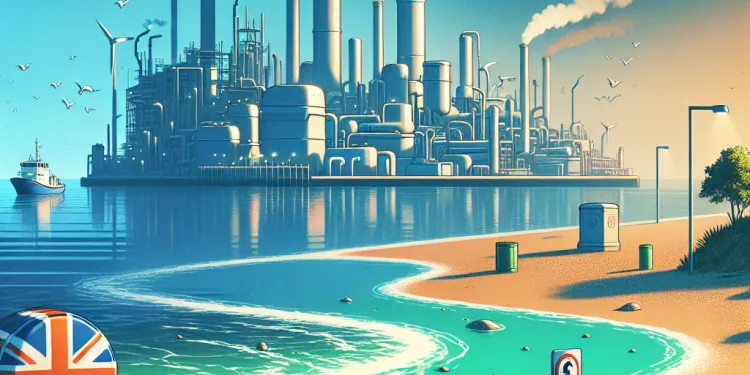
What causes sewage pollution on UK beaches?
Relevance: 35%
-

Is climate change affecting sewage pollution levels?
Relevance: 33%
-

What role do water companies play in sewage pollution?
Relevance: 32%
-
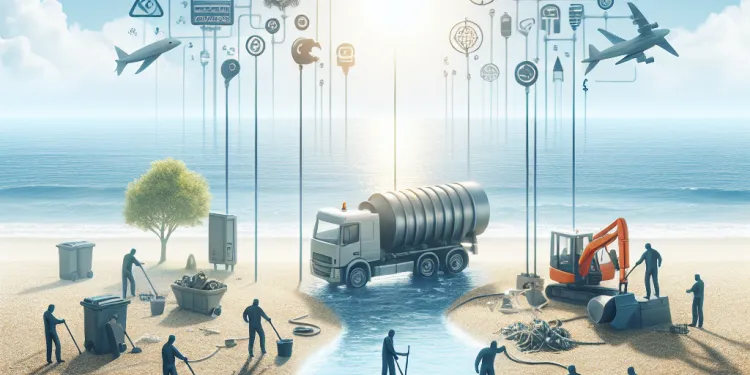
What is being done to address sewage pollution on UK beaches?
Relevance: 28%
-

Which UK areas are most affected by sewage pollution?
Relevance: 25%
-

Can a facelift be combined with other procedures?
Relevance: 24%
-
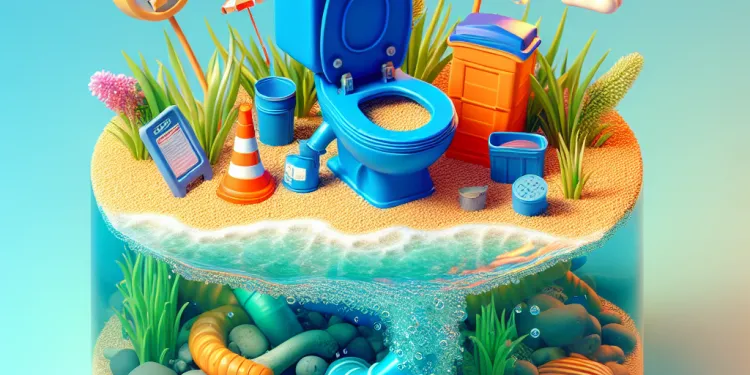
Is sewage a problem on UK beaches?
Relevance: 24%
-

Can Baxdrostat be used in combination with other medications?
Relevance: 23%
-
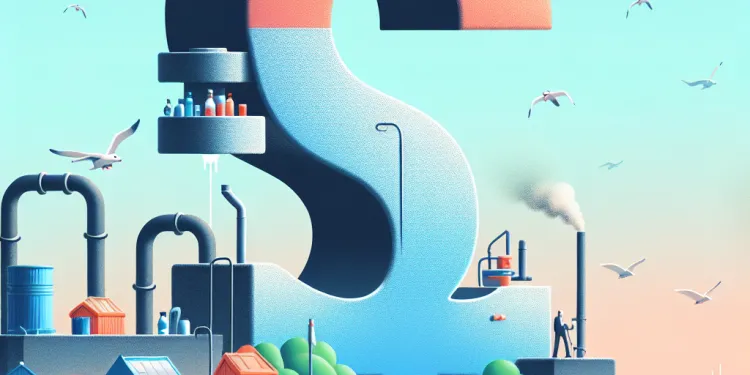
How can the public find out if a beach has sewage pollution?
Relevance: 23%
-

Can I combine the Plug-in Car Grant with other incentives?
Relevance: 22%
-

Can I combine cashback rewards with other discounts or offers?
Relevance: 22%
-
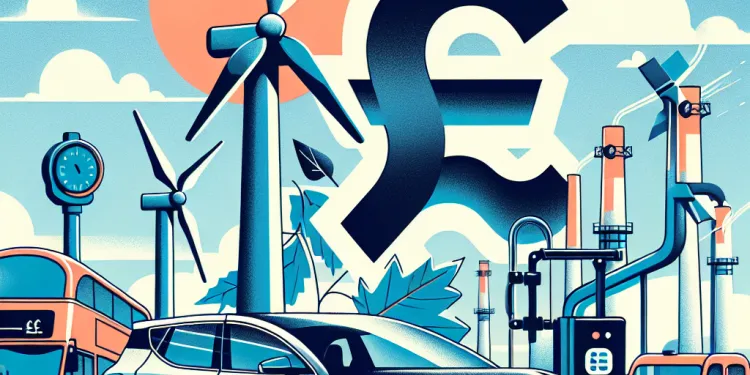
Can I combine the Plug-in Car Grant with other vehicle incentives?
Relevance: 21%
-

Has sewage pollution in the UK improved over recent years?
Relevance: 16%
-

Are there legal guidelines for sewage discharge into UK waters?
Relevance: 15%
-
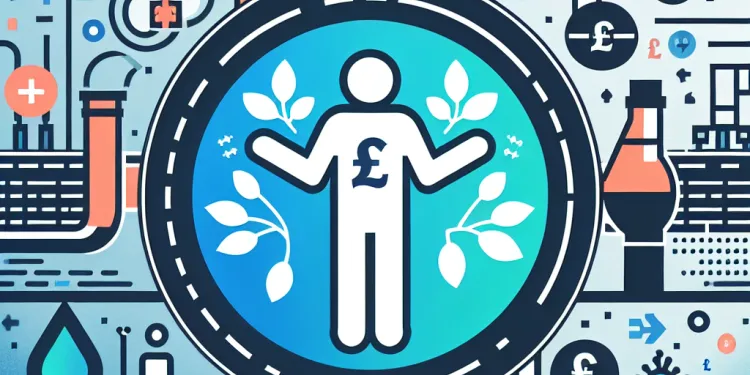
How does sewage pollution affect public health?
Relevance: 14%
-

How can individuals help reduce sewage pollution?
Relevance: 11%
-

Incontinence | NHS
Relevance: 11%
-

What agencies monitor and regulate sewage pollution in the UK?
Relevance: 9%
-
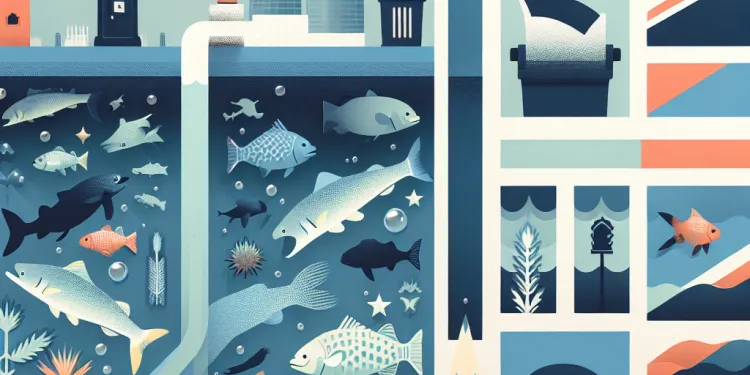
Can sewage pollution impact marine wildlife?
Relevance: 8%
-

Can Ozempic be used in conjunction with other weight-loss medications?
Relevance: 8%
-

Can I take Ozempic with other diabetes medications?
Relevance: 7%
-

Can bereavement leave be taken consecutively with other leaves?
Relevance: 7%
-

Screening tests for you and your baby | NHS
Relevance: 6%
-

What happens if a water main bursts?
Relevance: 6%
-

Are there different types of ADHD?
Relevance: 6%
-

Can I take Aspirin and Ibuprofen together?
Relevance: 6%
-

Are water companies responsible for maintaining water infrastructure in the UK?
Relevance: 5%
-
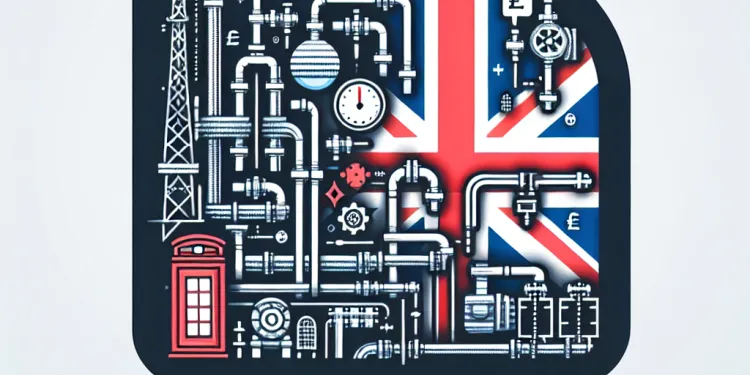
Are customers responsible for any part of the water infrastructure?
Relevance: 5%
-

What role does technology play in infrastructure maintenance?
Relevance: 5%
-

Can customers report issues with water infrastructure?
Relevance: 5%
-
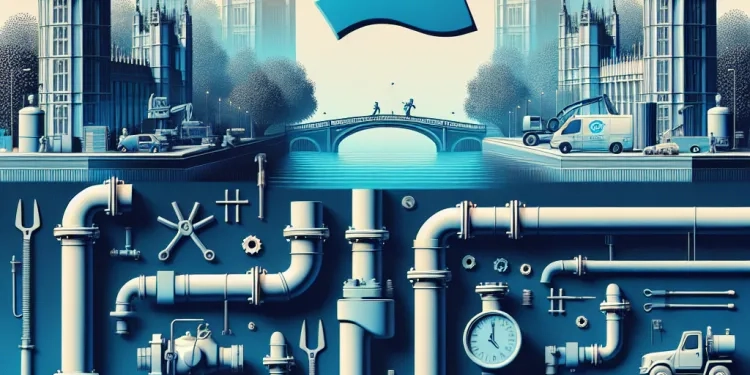
What challenges do water companies face in maintaining infrastructure?
Relevance: 5%
-

Can Ozempic cause low blood sugar (hypoglycemia)?
Relevance: 5%
-

What role do climate change and weather play in water infrastructure issues?
Relevance: 5%
-

Can Wegovy be taken with other medications?
Relevance: 5%
-

Why is infrastructure maintenance important?
Relevance: 5%
-

What does water infrastructure maintenance involve?
Relevance: 5%
-

What gifts can be given tax-free during my lifetime?
Relevance: 5%
-
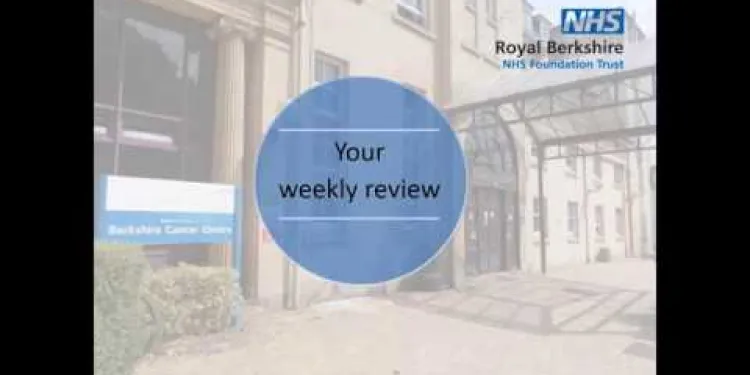
Royal Berkshire NHS Foundation Trust: Radiotherapy for prostate cancer
Relevance: 5%
-

Can Paillon treatment be used alongside traditional therapies?
Relevance: 5%
Understanding Combined Sewer Overflow (CSO)
A Combined Sewer Overflow (CSO) occurs in older sewer systems that use a single pipeline to transport rainwater runoff, domestic sewage, and industrial wastewater. These systems are known as "combined sewers," and when they exceed capacity during heavy rainfall, they discharge excess water directly into nearby bodies of water to prevent urban flooding. This overflow can carry pollutants, posing environmental and public health risks.
Structure and Function of Combined Sewers
Typically found in older cities, combined sewers are designed to collect wastewater and stormwater in a single pipe system. During normal weather conditions, the wastewater in these pipes is directed to a treatment plant. However, in the event of heavy precipitation, the volume can overwhelm the capacity of these systems, leading to overflows that release untreated sewage mixed with stormwater into rivers, lakes, or coastal waters.
Environmental and Public Health Implications
CSOs are a significant concern in the UK because they can introduce contaminants, such as bacteria, viruses, nutrients, and chemicals, into aquatic environments. These pollutants adversely affect water quality, harm wildlife, and can pose health risks to humans, especially in recreational waters. The presence of pathogens from untreated sewage may lead to illnesses in populations who come into contact with contaminated water.
Efforts to Manage and Mitigate CSOs
The UK has been actively working to manage CSO challenges. Measures include upgrading sewer systems, increasing the capacity of sewage treatment plants, implementing green infrastructure (like rain gardens and permeable pavements), and using real-time monitoring to manage flow rates more effectively. Tags in sewer networks help track overflow occurrences, guiding investment in areas where infrastructure is most vulnerable. Public awareness campaigns also play an important role in mitigating the impact of CSOs by educating communities on reducing stormwater runoff.
Future Developments and Innovations
Innovations in water management technology suggest promising advancements in addressing CSO issues. Real-time control systems that use sensors and advanced data analytics to optimize sewer operations are being trialed. Additionally, increasing investment in nature-based solutions, such as creating wetlands and improving urban drainage schemes, is expected to offer sustainable alternatives to traditional water infrastructure.
Understanding Combined Sewer Overflow (CSO)
Combined Sewer Overflow (CSO) happens in old sewer systems. These systems use just one pipe to carry rainwater, dirty water from homes, and waste from factories. They are called "combined sewers." When there is too much rain, these pipes can't hold all the water. So, extra water goes straight into rivers or lakes to stop floods in the city. This overflow can have bad stuff in it, which can be harmful to the environment and people.
Structure and Function of Combined Sewers
Old cities often have combined sewers. These sewers take dirty water and rainwater together in one pipe. When the weather is normal, the water goes to a treatment plant to get cleaned. But when it rains a lot, the pipes can get too full. This makes the dirty water and rainwater go straight into rivers, lakes, or the sea without being cleaned first.
Environmental and Public Health Implications
CSOs are a big worry in the UK. They can put bad things like germs, viruses, and chemicals into the water. This makes the water dirty and can hurt plants and animals. Dirty water can also make people sick, especially those who swim or play in it.
Efforts to Manage and Mitigate CSOs
The UK is working hard to fix CSO problems. They are making sewers better, building bigger treatment plants, and using green spaces like gardens and special pavements to soak up rainwater. Technology helps watch the water flow and stops too much water from overflowing. People also learn how to help by using less water during storms.
Future Developments and Innovations
New technology shows hope for fixing CSOs. There are systems that use sensors and data to control sewers better. There is also more focus on natural solutions like creating new wetlands and improving city drainage. These changes help make the water systems more sustainable over time.
Frequently Asked Questions
What is a Combined Sewer Overflow (CSO)?
A Combined Sewer Overflow (CSO) is an event where a combined sewer system discharges excess wastewater, which includes sewage and stormwater, into nearby water bodies due to heavy rainfall or snowmelt exceeding the system's capacity.
Why do Combined Sewer Overflows occur?
CSOs occur when the capacity of the combined sewer system is exceeded due to heavy rain or snowmelt. This triggers the overflow system to release excess water directly into rivers or seas to prevent flooding and sewage back-ups in urban areas.
What is the impact of CSOs on the environment?
CSOs can lead to pollution of water bodies, affecting water quality and aquatic life, as they may discharge untreated sewage along with stormwater. This can cause health hazards for humans and harm the ecosystem.
How common are Combined Sewer Overflow systems in the UK?
CSOs are relatively common in older UK cities with combined sewer systems. Many urban areas have been historically designed with such systems that combine both wastewater and stormwater.
What measures are taken to reduce CSO events?
Measures include upgrading sewer infrastructure, separating stormwater and sewage systems, using green infrastructure like rain gardens, and implementing real-time monitoring to manage sewer flow better.
Are CSOs legal in the UK?
CSOs are permitted under certain conditions as an emergency measure, but water companies are required to minimise their occurrence and mitigate their environmental impact as much as possible.
Who is responsible for managing CSOs in the UK?
Water companies are mostly responsible for managing CSOs, under the regulation and supervision of the Environment Agency and other regulatory bodies.
What steps is the UK government taking to address CSOs?
The UK government is investing in modernising sewer systems, improving wastewater treatment processes, and enforcing stricter regulations on CSOs to minimise their environmental impact.
Can CSOs affect drinking water quality?
While CSOs primarily impact surface water bodies, there is a minimal risk to drinking water, as the UK has stringent water treatment processes. However, any significant pollution event could pose a potential risk.
What is a combined sewer system?
A combined sewer system is a type of sewer infrastructure that collects both household wastewater and rainwater runoff in the same pipe network, which can lead to overflows during heavy precipitation events.
How can individuals help reduce CSO events?
Individuals can help by reducing water use during rainstorms, properly disposing of waste materials, installing rainwater harvesting systems, and supporting local initiatives aimed at stormwater management.
What is green infrastructure and how does it help with CSOs?
Green infrastructure includes natural solutions like green roofs, permeable pavements, and wetlands that absorb rainwater and reduce stormwater runoff, thereby lowering the risk of CSOs.
What is the role of the Environment Agency concerning CSOs?
The Environment Agency monitors CSOs, sets regulatory requirements, ensures compliance with environmental standards, and works with water companies to manage and reduce CSO impacts.
Have there been any recent technological advancements to manage CSOs better?
Yes, technological advancements such as smart sewers using sensors, real-time data analytics, and automated control systems are being developed and deployed to manage CSO occurrences more effectively.
What future challenges exist for managing CSOs in the UK?
Challenges include addressing the aging sewer infrastructure, adapting to climate change with increased rainfall events, balancing economic costs with environmental policies, and maintaining public awareness and involvement in sustainable water management.
What is a Combined Sewer Overflow (CSO)?
A Combined Sewer Overflow, or CSO, is when too much water goes into pipes that carry both rainwater and dirty water from homes. When this happens, the extra water can spill out into rivers or other places. This can be bad for the environment.
To help understand this, you can use pictures or videos that show how water moves in pipes. You can also ask someone to explain it with simple words.
A Combined Sewer Overflow happens when too much water gets into the sewer pipes. This can happen during big rain or when snow melts. The pipes can’t hold all the water, so some of it goes into rivers or lakes. This water can be dirty because it has sewage and rainwater mixed together.
Why do Sewers Overflow?
Sewers sometimes get too full. When it rains a lot, water goes into the sewers. This can make the sewers overflow. Flooding happens.
Ways to Help:
- Look at pictures or watch videos about sewers.
- Talk with someone about how sewers work.
When it rains a lot or snow melts, too much water gets into the sewers. This can be too much for the sewer system to handle. To stop flooding and sewage from coming back up into the streets, some of the extra water goes straight into rivers or the sea.
For easier understanding, you can:
- Ask someone to read it with you.
- Use apps that read text aloud.
- Break sentences into smaller parts.
How do CSOs affect the environment?
CSOs can make water dirty. Dirty water can hurt fish and other animals that live in the water. It can also make people sick because it might have sewage and rainwater mixed together.
How often do Combined Sewer Overflow systems happen in the UK?
Combined Sewer Overflow systems are used to help manage heavy rain. They are pipes that take away extra water so places do not flood.
In the UK, these systems are quite common. They help keep homes and streets safe when it rains a lot.
If you find reading hard, you can use tools like audio books or reading apps. They can read out the words for you. It's also helpful to ask someone to read with you.
In old UK cities, CSOs are common. CSOs are part of the sewer system. They manage both dirty water from homes and rainwater together.
How do we stop CSO events?
Ways to help include making sewer pipes better, keeping rainwater and sewage apart, using plants and gardens to soak up rain, and watching the sewer system with new tools to keep it from overflowing.
Is it OK to have CSOs in the UK?
Sometimes, companies can let out extra water in emergencies. But they must try hard to make this happen less often and stop it from hurting the environment.
Who looks after CSOs in the UK?
CSOs are looked after by special people. They help make sure everything is okay.
If you find it hard to read, you can use pictures or ask someone to read with you.
Water companies take care of CSOs. The Environment Agency and other groups make sure they do it properly.
What is the UK government doing to fix CSOs?
The UK government is spending money to make sewer systems better. They are also making the way we clean dirty water better. The government is making stricter rules to make sure that CSOs (Combined Sewer Overflows) are not bad for the environment.
Do CSOs change how good drinking water is?
CSOs mostly affect water on the surface, like rivers and lakes. There is very little risk to the water we drink because the UK cleans water very well. But, if there is a lot of pollution, it could be a problem.
What is a combined sewer system?
A combined sewer system is a type of drain or pipe.
It takes both rainwater and dirty water from homes.
The rainwater might come from streets and rooftops.
The dirty water can come from sinks, toilets, and showers.
This system carries all the water to a place where it gets cleaned.
Use pictures or videos to help understand better.
A combined sewer system is a type of pipe system. It collects both water from homes, like when you flush the toilet or take a shower, and rainwater. All this water goes into the same pipes. But when it rains a lot, these pipes can get too full, which can cause overflows.
How can people help stop too much water in sewers?
People can help by using less water when it rains, throwing away trash the right way, setting up ways to collect rainwater, and helping local groups that work to take care of rainwater.
What is green infrastructure and how does it help with CSOs?
Green infrastructure means using plants and water to help the environment. Things like parks, gardens, and green roofs are green infrastructure.
CSOs are pipes that take rainwater and dirty water away. Sometimes, there is too much water, and the pipes overflow.
Green infrastructure helps by soaking up rainwater. This means less water goes into the pipes. So, the pipes don't overflow as much.
To learn more, you can look at pictures or watch videos about green infrastructure and CSOs.
Green infrastructure uses things like plants and special designs to help the environment. These can be green roofs, pavements with tiny holes, or wetlands.
They help by soaking up rainwater and keeping stormwater under control. This helps stop too much water from causing problems.
If reading is hard, you can try reading out loud or listening to someone else read the words. You can also use apps that read text to you.
What does the Environment Agency do about CSOs?
The Environment Agency is like a helper for nature. They make sure rivers and beaches are clean.
CSOs are big pipes that can let dirty water into rivers when it rains a lot. The Environment Agency checks these pipes to keep nature safe.
If you find this hard to read, ask someone to help you. Drawing pictures of rivers and pipes can also make it easier to understand.
The Environment Agency is a group that looks after rivers and seas. They check how water companies get rid of extra rainwater. They make rules for water companies to follow. They want to protect the environment and make the water clean.
They work with water companies to stop too much rainwater from getting into rivers and seas. They find ways to help water companies do a better job.
Using pictures or videos can help you understand better what the Environment Agency does. You can also ask someone to explain it to you in a simple way if you need more help.
Are there new ways to use technology to help with CSOs?
Here's a simple way to understand:
- Technology means new tools and ideas that help us do things better.
- CSOs are when too much water goes into the sewers, like after a lot of rain.
Some tools that might help:
- Smart Sensors: Like tiny computers that watch the water levels, so we know what’s happening.
- Apps: On phones or tablets that tell us real-time information.
These tools make it easier to stop problems before they happen.
Yes, new technology is helping with sewers. Smart sewers use sensors and computers. They look at data and control systems to stop overflows. This makes them work better.
What problems will people face when taking care of CSOs in the UK in the future?
There are some problems we need to fix:
- The sewer pipes are old and need fixing.
- There is more rain because of climate change, and we need to deal with it.
- We need to spend money wisely and still take care of the environment.
- It's important to help everyone know how to save water and keep it clean.
Tools like picture charts or simple videos can help explain these ideas. Talking to people and playing games can make learning about water fun and easy.
Useful Links
- Ergsy carfully checks the information in the videos we provide here.
- Videos shown by Youtube after a video has completed, have NOT been reviewed by ERGSY.
- To view, click the arrow in centre of video.
- Most of the videos you find here will have subtitles and/or closed captions available.
- You may need to turn these on, and choose your preferred language.
- Go to the video you'd like to watch.
- If closed captions (CC) are available, settings will be visible on the bottom right of the video player.
- To turn on Captions, click settings .
- To turn off Captions, click settings again.
More Items From Ergsy search
-

What is a Combined Sewer Overflow (CSO)?
Relevance: 100%
-

What causes sewage pollution on UK beaches?
Relevance: 35%
-

Is climate change affecting sewage pollution levels?
Relevance: 33%
-

What role do water companies play in sewage pollution?
Relevance: 32%
-

What is being done to address sewage pollution on UK beaches?
Relevance: 28%
-

Which UK areas are most affected by sewage pollution?
Relevance: 25%
-

Can a facelift be combined with other procedures?
Relevance: 24%
-

Is sewage a problem on UK beaches?
Relevance: 24%
-

Can Baxdrostat be used in combination with other medications?
Relevance: 23%
-

How can the public find out if a beach has sewage pollution?
Relevance: 23%
-

Can I combine the Plug-in Car Grant with other incentives?
Relevance: 22%
-

Can I combine cashback rewards with other discounts or offers?
Relevance: 22%
-

Can I combine the Plug-in Car Grant with other vehicle incentives?
Relevance: 21%
-

Has sewage pollution in the UK improved over recent years?
Relevance: 16%
-

Are there legal guidelines for sewage discharge into UK waters?
Relevance: 15%
-

How does sewage pollution affect public health?
Relevance: 14%
-

How can individuals help reduce sewage pollution?
Relevance: 11%
-

Incontinence | NHS
Relevance: 11%
-

What agencies monitor and regulate sewage pollution in the UK?
Relevance: 9%
-

Can sewage pollution impact marine wildlife?
Relevance: 8%
-

Can Ozempic be used in conjunction with other weight-loss medications?
Relevance: 8%
-

Can I take Ozempic with other diabetes medications?
Relevance: 7%
-

Can bereavement leave be taken consecutively with other leaves?
Relevance: 7%
-

Screening tests for you and your baby | NHS
Relevance: 6%
-

What happens if a water main bursts?
Relevance: 6%
-

Are there different types of ADHD?
Relevance: 6%
-

Can I take Aspirin and Ibuprofen together?
Relevance: 6%
-

Are water companies responsible for maintaining water infrastructure in the UK?
Relevance: 5%
-

Are customers responsible for any part of the water infrastructure?
Relevance: 5%
-

What role does technology play in infrastructure maintenance?
Relevance: 5%
-

Can customers report issues with water infrastructure?
Relevance: 5%
-

What challenges do water companies face in maintaining infrastructure?
Relevance: 5%
-

Can Ozempic cause low blood sugar (hypoglycemia)?
Relevance: 5%
-

What role do climate change and weather play in water infrastructure issues?
Relevance: 5%
-

Can Wegovy be taken with other medications?
Relevance: 5%
-

Why is infrastructure maintenance important?
Relevance: 5%
-

What does water infrastructure maintenance involve?
Relevance: 5%
-

What gifts can be given tax-free during my lifetime?
Relevance: 5%
-

Royal Berkshire NHS Foundation Trust: Radiotherapy for prostate cancer
Relevance: 5%
-

Can Paillon treatment be used alongside traditional therapies?
Relevance: 5%


